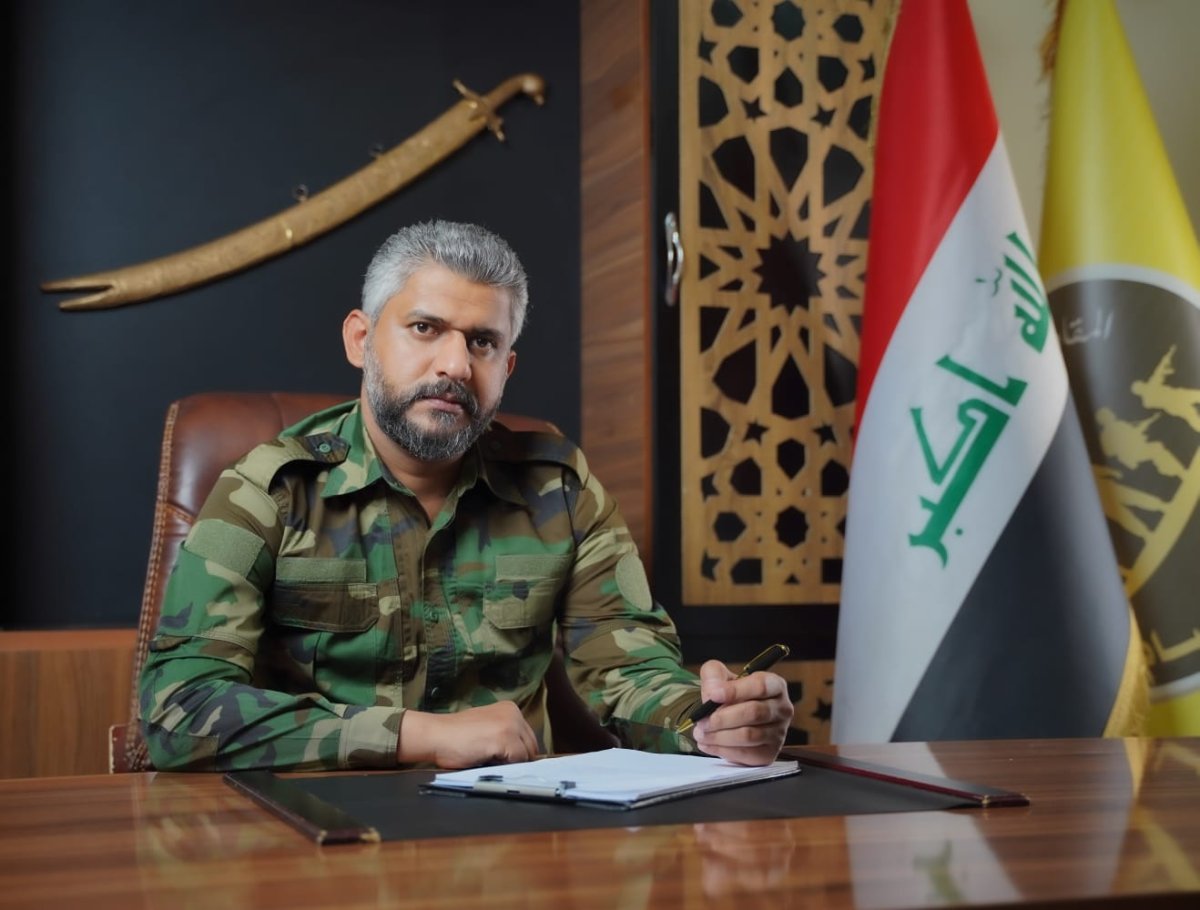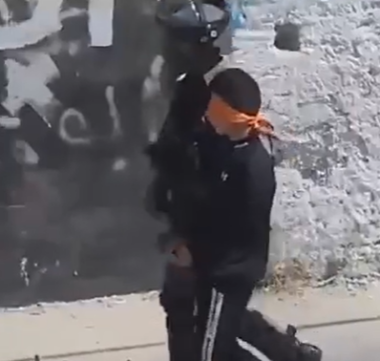
Israeli Army Abducts 31 Palestinians in the West Bank
Israeli forces abducted, on Thursday, at least thirty-one Palestinians, including a child, in several regions of the occupied West Bank, after storming many citizens’ homes.
Jenin
Before dawn on Thursday, Israeli forces invaded the northern West Bank city of Jenin and its refugee camp from several directions, stormed many citizens’ homes, and abducted one Palestinian young man.
Media sources said that several military vehicles, including bulldozers, stormed the city and its camp, while an infantry squad was deployed in the camp and on its outskirts, and sharpshooters were deployed on the rooftops of buildings.
The invading army besieged the home of Samer Al-Fayed, and called over a loudspeaker demanding that he surrender himself and threatening to bomb his home.
The young man subsequently exited the home while soldiers abducted him, amid protests from local Palestinians.
Tulkarem
In the northwestern part of the West Bank, several occupation vehicles invaded the city of Tulkarem, before dawn, while soldiers broke into and ransacked the homes of Jamal Hadayda, 56, and Uday Abu Sheikha, before abducting them.
Nablus
On Thursday morning, Israeli soldiers abducted a young man, Atheer Raed Abu Saif, after storming and searching his home in the town of Sebastia, northwest of Nablus in the northern West Bank.
Later, the army stormed an equestrian club in the town of Beit Furik, southeast of Nablus, and abducted two unidentified Palestinian young men.
On Thursday night, illegal Israeli colonizers attacked Palestinian farmers, Hassan Firas Abu Lahiya, Othman Zahi Bani Minya, and Musa Atta Rayhan, in the town of Aqraba, southeast of the city, before soldiers abducted them.
Jericho
In the Jordan Valley, occupation forces closed the entrances to the city of Jericho and the town of Al-Auja, north of the city, while stopping and searching vehicles, amid the overhead flight of a military helicopter.
Media sources added that on Monday morning, occupation forces assaulted and abducted the two brothers, Sharif and Afif Jalal Rashaida, and Sanad Ali Rashaida, while they were herding sheep in the “Ras al-Auja” area, north of Jericho.
Salfit
In the predawn hours of Thursday, the army invaded the village of Sarta, northwest of Salfit in the central West Bank, and stormed several citizens’ homes, and hurled concussion grenades at citizens.
After breaking into and ransacking his home, soldiers abducted the young man, Ayman Ibrahim Al-Khatib, 28 in the village.
Ramallah
Northwest of Ramallah, in the central West Bank, Israeli forces invaded, in the morning, the town of Deir as-Sudan, and abducted Mohammad Na’el Mohammad Shehadeh, 21, Mahmoud Fares Abed, 19, and Izz al-Din Fares Abed, 18, after storming and searching their homes.
Meanwhile, west of Ramallah, the army abducted the young man, Mohammad Daoud Sabti Khawaja, 30, from the town of Ni’lin.
In the afternoon, several undercover Israeli agents kidnapped two unidentified Palestinian young menin the village of Turmus Ayya, northeast of Ramallah.
Occupied Jerusalem
Undercover Israeli soldiers abducted a Palestinian child, 10, in Ras Al-Amoud in occupied Jerusalem, and took him to to a police station in Jerusalem, before he was released a few hours later.
Before dawn on Thursday, a large army force invaded the town of Abu Dis, east of occupied Jerusalem, fired rubber-coated steel rounds and tear gas canisters at citizens, and abducted the two brothers, Maher and Ahmed Bahr.
Hebron
In the southern West Bank, Israeli soldiers abducted several Palestinians, including a child, after invading their homes in the Hebron governorate.
North of Hebron, Israeli forces stormed and ransacked the homes of Ibrahim Amer Abu Jouda, 19, Tariq Riyad Arar, 19, and Mahdi Ahmed Barbarawi, 24, before abducting them in Beit Ummar town.
Meanwhile, northeast of the city, soldiers abducted Ahmad Shehdeh Ayida, Baha Ahmad Al-Halayqa, and Abd al-Rahman Musa Jaradat, in the towns of Sa’ir and Ash-Shuyukh.
Before dawn, a large army force stormed the Al-Arroub refugee camp, north of Hebron, invaded several citizens’ homes, sparking protests.
Soldiers fired live rounds, concussion grenades, and tear gas canisters without inflicting any injuries, and abducted Bashar Jibril Al-Karma, his son, the child, Montaser, 15, and Murad Ibrahim Abu Aram.
South of the city, the army abducted the young man, Ali Ibrahim Etaimat from the town of Yatta.
It was added that the army broke into many citizens’ homes in the town of Bani Na’im, east of Hebron, without any reports of arrests.
In the occupied West Bank’s northern plains, illegal paramilitary Israeli colonizers burnt fruits and vegetables stands near Ein Al-Baida and Bardala villages.
___
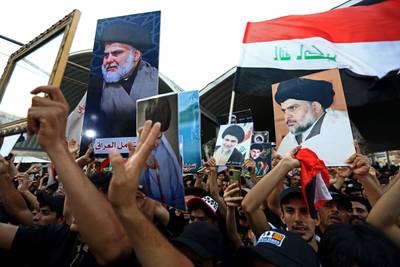
:quality(70)/cloudfront-eu-central-1.images.arcpublishing.com/thenational/VD4X2HA3J2ZVWKSE6NBPH7AHMA.jpg)

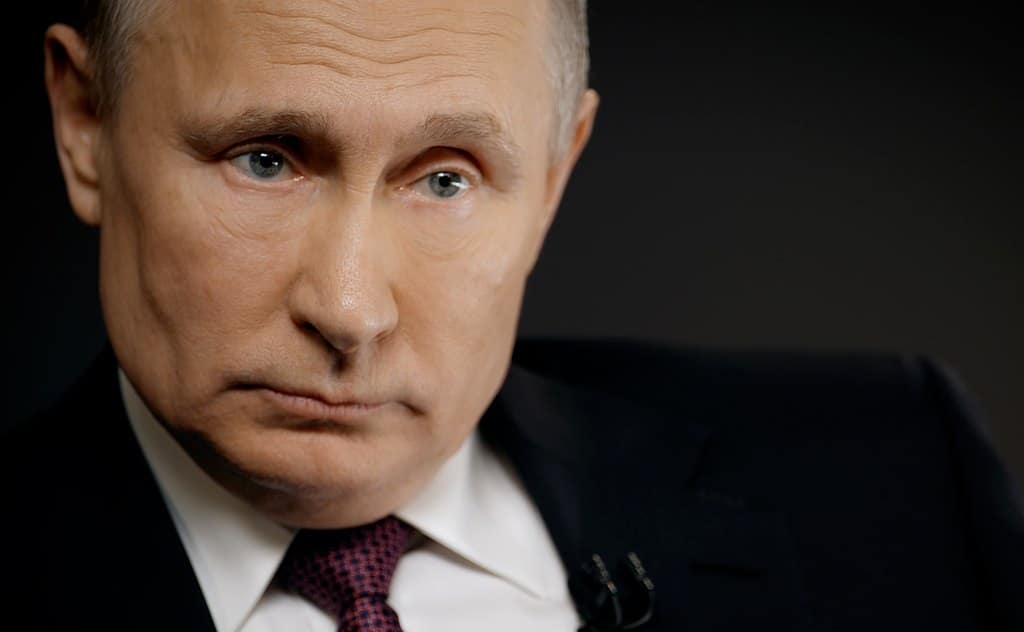 Russian President Vladimir Putin. Credit: TASS News Agency. Accessed via Wikimedia Commons. CC BY 4.0.Share
Russian President Vladimir Putin. Credit: TASS News Agency. Accessed via Wikimedia Commons. CC BY 4.0.Share
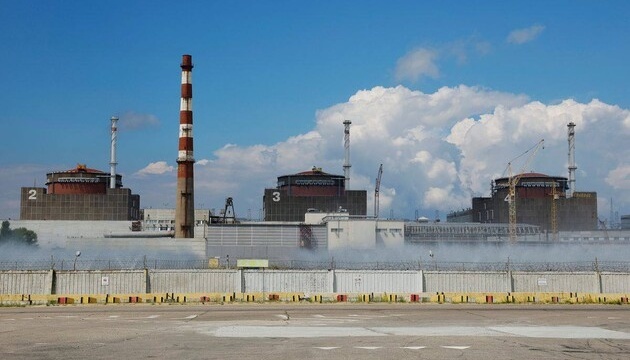
 BBCNoora Mohammed can’t get the treatment she needs in a Gaza hospital
BBCNoora Mohammed can’t get the treatment she needs in a Gaza hospital

